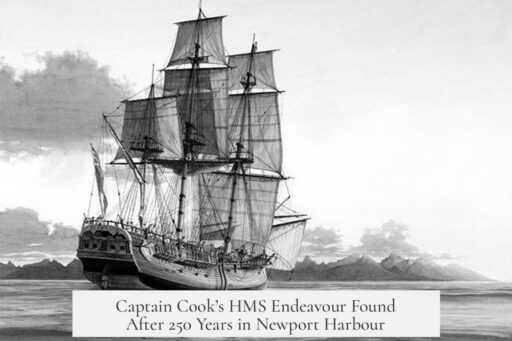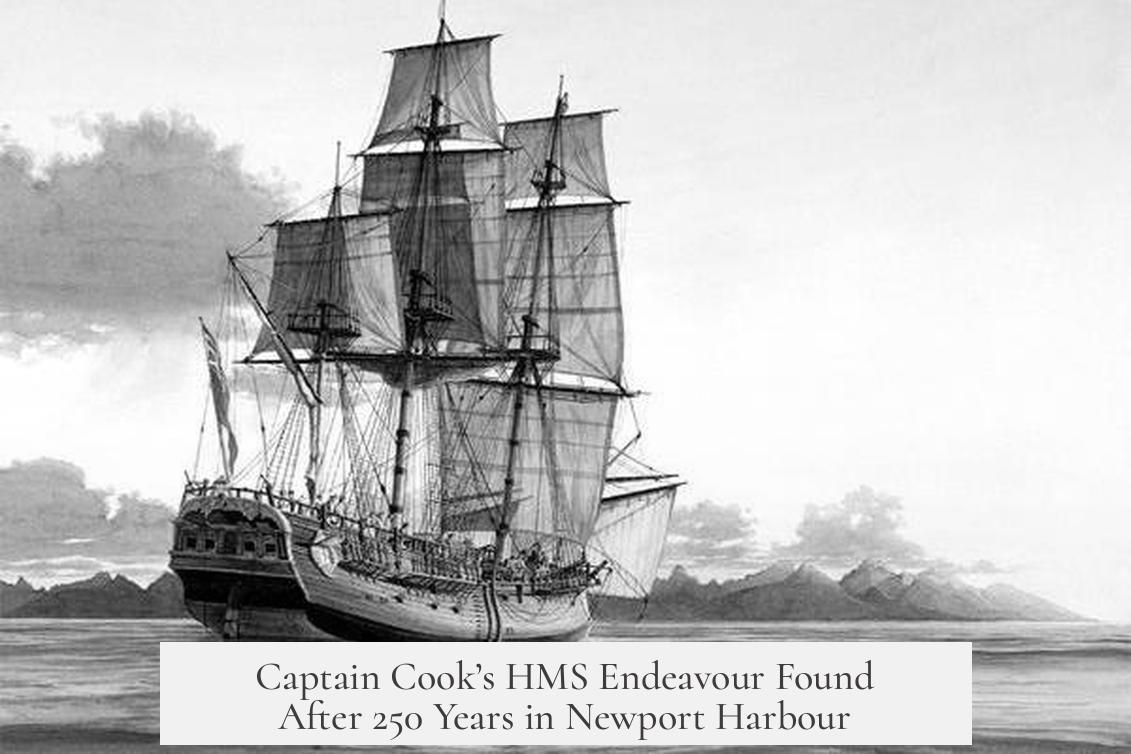The remains of Captain Cook’s missing ship, HMS Endeavour, have been found off the coast of the United States, ending over 250 years of uncertainty. Experts from the Australian National Maritime Museum (ANMM) have confirmed that the shipwreck, designated RI 2394, matches historic records and physical characteristics uniquely identifying it as Endeavour.
The wreck lies in Newport Harbour, Rhode Island. Researchers compared the ship’s measurements and design with 1768 survey plans of Endeavour, finding an almost exact match. Ship timbers are British and closely match dimensions, accurate to millimeters. A unique feature called the stem scarf was found to be identical, which experts say is unmatched in other 18th-century ship records. These precise details provide strong evidence for the wreck’s identity.
Originally launched in the late 1760s, HMS Endeavour made history from 1768 to 1771 as the first European ship to reach eastern Australia under Captain James Cook’s command. Afterward, it was sold and renamed Lord Sandwich. During the American War of Independence, it served as a troop transport and prison ship for British forces.
The ship sank during the 1778 Siege of Newport Harbour. It was one of thirteen vessels deliberately scuttled to block the harbor from American and French forces. Unlike many wrecks, Endeavour was never salvaged and rested on the seabed until now.
Though the ship’s general location was known, distinguishing Endeavour from other wrecks remained a challenge until this detailed identification. The discovery concludes 25 years of underwater archaeological work led by Daryl Karp and his team at ANMM.
However, the announcement follows controversy. The Rhode Island Marine Archaeology Project criticized the initial 2022 identification as premature and a breach of contract. The museum maintains it does not exclude other possible shipwreck sites and continues ongoing research.
- HMS Endeavour sank in Newport Harbour, Rhode Island in 1778 during the American War of Independence.
- Shipwreck RI 2394 matches Endeavour’s historic plans and unique timber features precisely.
- The vessel was renamed Lord Sandwich and used as a troop transport and prison ship.
- Its discovery results from 25 years of rigorous underwater archaeology by ANMM.
- Some dispute remains about the wreck’s identification despite strong supporting evidence.
Captain Cook’s Missing Ship Found After Sinking 250 Years Ago
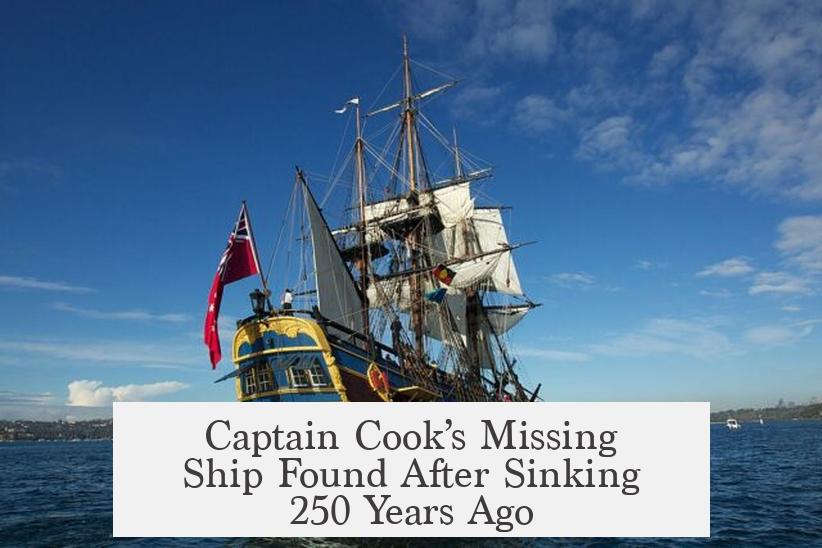
Captain Cook’s ship, the HMS Endeavour, famously lost to history for over two centuries, has finally been identified off the US coast. This discovery stirs excitement, not only for historians but also for anyone fascinated by maritime mysteries. Let’s dive into the fascinating story behind this shipwreck, the fascinating clues that solved the puzzle, and what it means for history.
The Astonishing Discovery at Newport Harbour
So, where exactly was this legendary ship? One might expect it to lie somewhere off Australia, given its historic voyage. But intriguingly, the wreck rests in Newport Harbour, Rhode Island, far from its original Pacific adventures.
The wreck, catalogued as RI 2394, sat quietly underwater for centuries, unnoticed and mysterious. Experts from the Australian National Maritime Museum (ANMM) announced this revelation after years of patient and scrupulous research. It’s a bit like finding a needle in a haystack—or rather, an 18th-century warship beneath hundreds of other shipwrecks on the seabed.
How Did They Know It Was HMS Endeavour?
Identification wasn’t a casual guess—it required detailed detective work. Teams compared the wreck’s remains to 1768 ship plans of the Endeavour. The dimensions checked out nearly perfectly, with measurements matching within millimeters. Yes, millimeters, not just inches. Precision matters when confirming the identity of such an important relic.
What nailed it further was the discovery of distinctive British timbers that matched those used in the 18th century. But the true smoking gun? The stem scarf. This structural feature, unique and unmistakable, matched perfectly between the wreck and historical drawings. Researchers examined countless ship plans from that era and found nothing quite like it.
From Great Explorer to Siege Victim: The Ship’s Storied Life
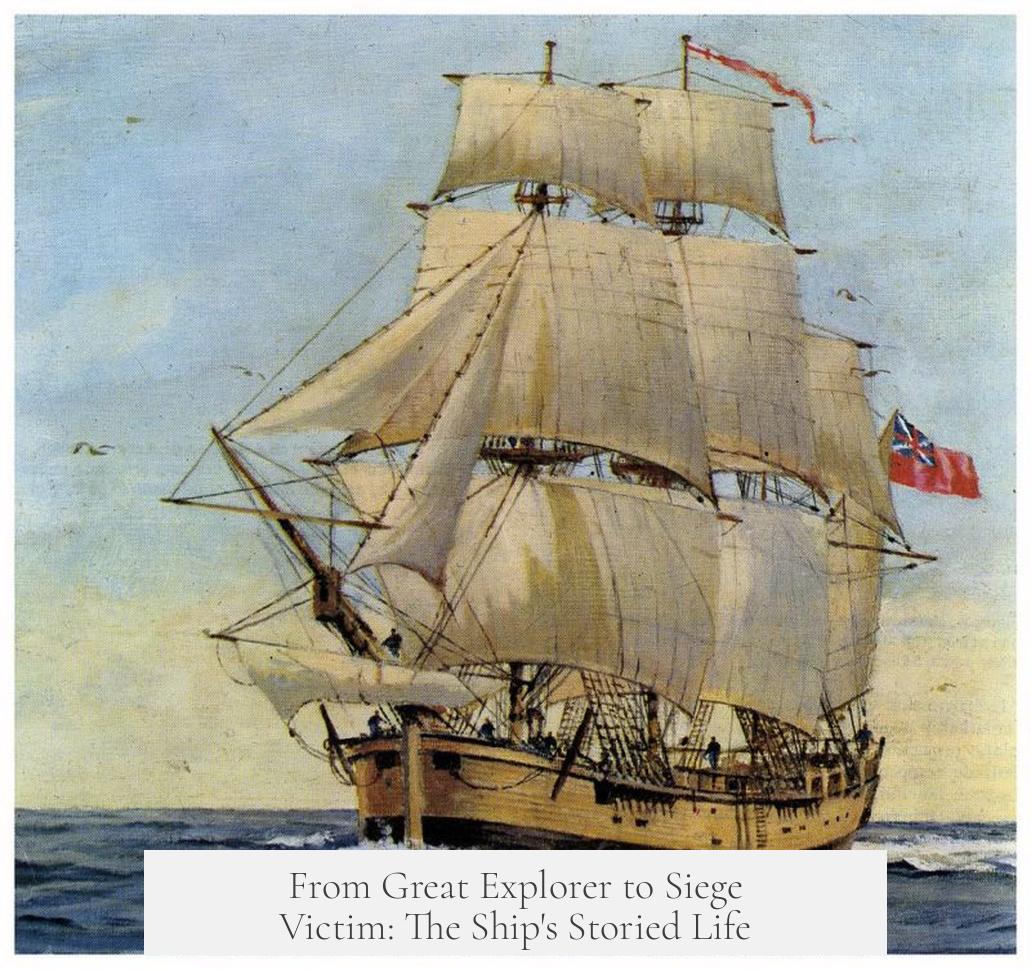
The Endeavour’s journey is a story on its own. Between 1768 and 1771, it etched its name into history as the first European vessel to reach eastern Australia. Captain Cook’s maps and observations made the ship a symbol of exploration and scientific discovery.
But after its famed voyages, the ship’s role morphed dramatically. Sold and renamed Lord Sandwich, it served a very different purpose during the American War of Independence. Transporting British troops and acting as a prison ship, it found itself at the heart of British naval strategy in hostile waters.
During the siege of Newport Harbour, the ship met its deliberate end. It was one of thirteen vessels intentionally sunk to block the harbor, a strategic move to halt enemy ships. Unlike many lost wrecks, this wasn’t a surprise sinking or a battle casualty but a planned scuttling.
Not Quite Missing, But Until Now, Unidentified
Interestingly, the ship’s location was not exactly a mystery. The general area of its sinking was known, but the wreck’s specific identity was long in question, buried among other sunken ships. This ambiguity hampered historical certainty for centuries.
Imagine having the missing puzzle piece right in front of you but unable to confirm if it fits. This identification brings clarity and a new chapter to the ship’s legacy.
25 Years of Archaeological Persistence and a Bit of Drama
The path to confirming the Endeavour’s remains wasn’t smooth sailing. The ANMM’s report caps a 25-year journey of underwater excavation and careful archaeology. Director Daryl Karp highlights how relentless efforts finally paid off, navigating the murky waters of shipwreck investigation.
But, as with all big discoveries, controversy followed. A preliminary 2022 report naming the wreck as HMS Endeavour drew criticism. Research partners from the Rhode Island Marine Archaeology Project (RIMAP) called the announcement premature and even a breach of contract. Their skepticism shows how complex and sensitive ship identification can be, especially when multiple groups have stakes in the finding.
Still, the ANMM remains open-minded, acknowledging other candidate shipwrecks could exist. Science and history often welcome debate, after all.
Why Does This Discovery Matter Today?
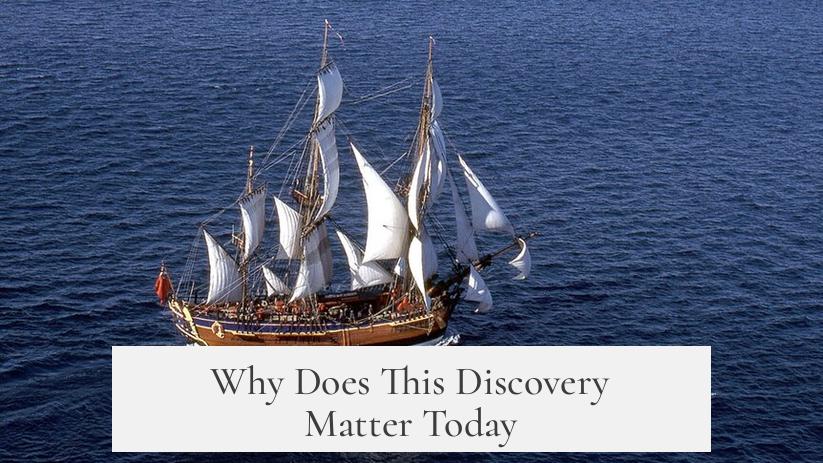
You might wonder why finding a shipwreck from 250 years ago is a big deal. Well, for one, it connects us with a tangible piece of history belonging to an era of exploration, conflict, and change.
Plus, it breathes new life into Captain Cook’s story. Museums worldwide can deepen exhibits with fresh evidence. Nautical archaeologists gain invaluable insights into shipbuilding practices of the 18th century, from timber sourcing to structural uniqueness.
For maritime enthusiasts, history buffs, and the curious, it’s a thrilling reminder that even after centuries, the ocean still guards secrets waiting to be uncovered.
What Lies Beneath Newport Harbour Next?
Excitement builds about what further investigations might reveal. Will there be artifacts, personal items from crew members, or better preservation techniques? The wreck’s discovery could spark renewed exploration projects and collaborations across countries.
Moreover, it prompts us to ask: How many more forgotten vessels with incredible stories still slumber beneath the waves? Captain Cook’s ship reminds us that history isn’t just textbooks—it’s in the depths, waiting for patient eyes and willing hearts.
“Finding the HMS Endeavour’s remains is like shaking hands with history itself.” — Maritime Archaeologist
In Conclusion
Captain Cook’s missing ship, HMS Endeavour, found after sinking 250 years ago in Newport Harbour, Rhode Island, highlights an epic tale intertwining exploration, war, and marine archaeology. Decades of research, the unique stem scarf, and precise timber measurements confirm its identity. Despite controversy, the find strengthens our connection to the past and opens doors to further discovery.
Who knew a warship turned prison ship turned submerged blockade could have such a rich and layered legacy? This isn’t just a story about a ship lost and found; it’s about how history keeps surprising us when we dive deep enough.
